Meet Nikolai Lafuge & Nicole Herman Lafuge, Co-Founders of Studio Colonnade
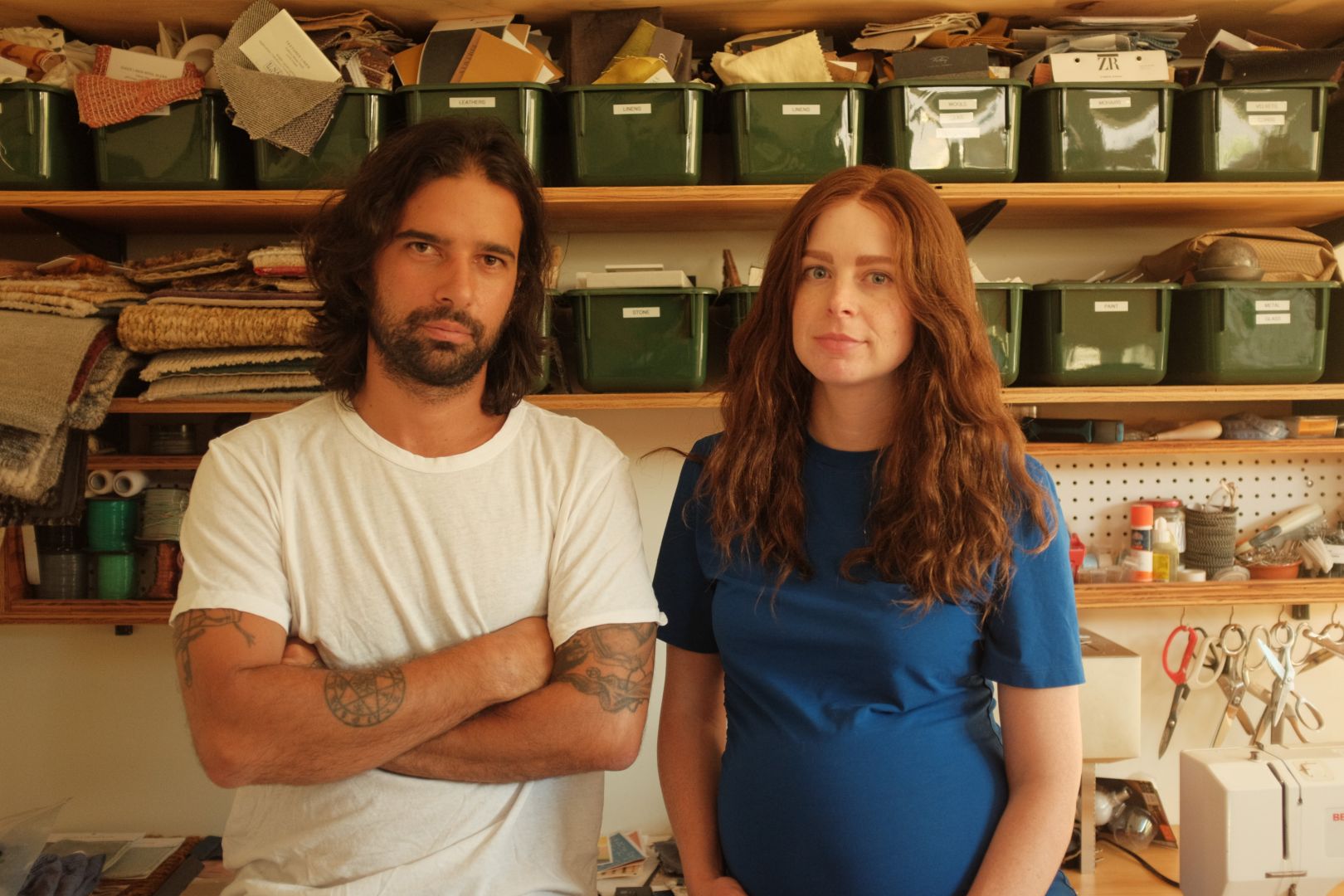

We had the good fortune of connecting with Nikolai Lafuge & Nicole Herman Lafuge and we’ve shared our conversation below.
Hi Nicole and Nikolai, what was your thought process behind starting your own business?
Nicole: I think Nikolai and I were both attracted to forging our own paths and going a bit rogue in the career-sense. Even now, our company is evolving and not easily defined. We do interiors, landscape design, furniture, textiles, lighting…we kinda want to try our hand at everything. We never knew we would end up going into business together; it happened organically. Our interests evolved together over the past 13 years and we couldn’t help but have opinions and edits to each other’s work.
Nikolai: Yeah we drive each other crazy. As for starting Studio Colonnade, I was working for Matt Gagnon Studio and we were doing projects there that ranged from interior design to furniture design to art installation. So, I was absorbing all these skills and an opportunity came up to design our friend’s new art gallery…and then some units in an apartment complex.
And for the furniture, I initially started making furniture just for myself. It was a way to express myself and also make pieces I wanted, but would never be able to afford otherwise. Friends liked what I was making and started wanting things. It grew from there.
Nicole: I started my career in fashion and then moved into interior design. I always made things on the side. I designed and made quilts and then hand woven or felted tapestries. For a Colonnade interiors project, I designed and cast some cabinet and door hardware. I loved the process. From there, I started designing jewelry and metal lighting. We’re usually designing custom pieces for interiors so that just lends itself to becoming a product we can sell.
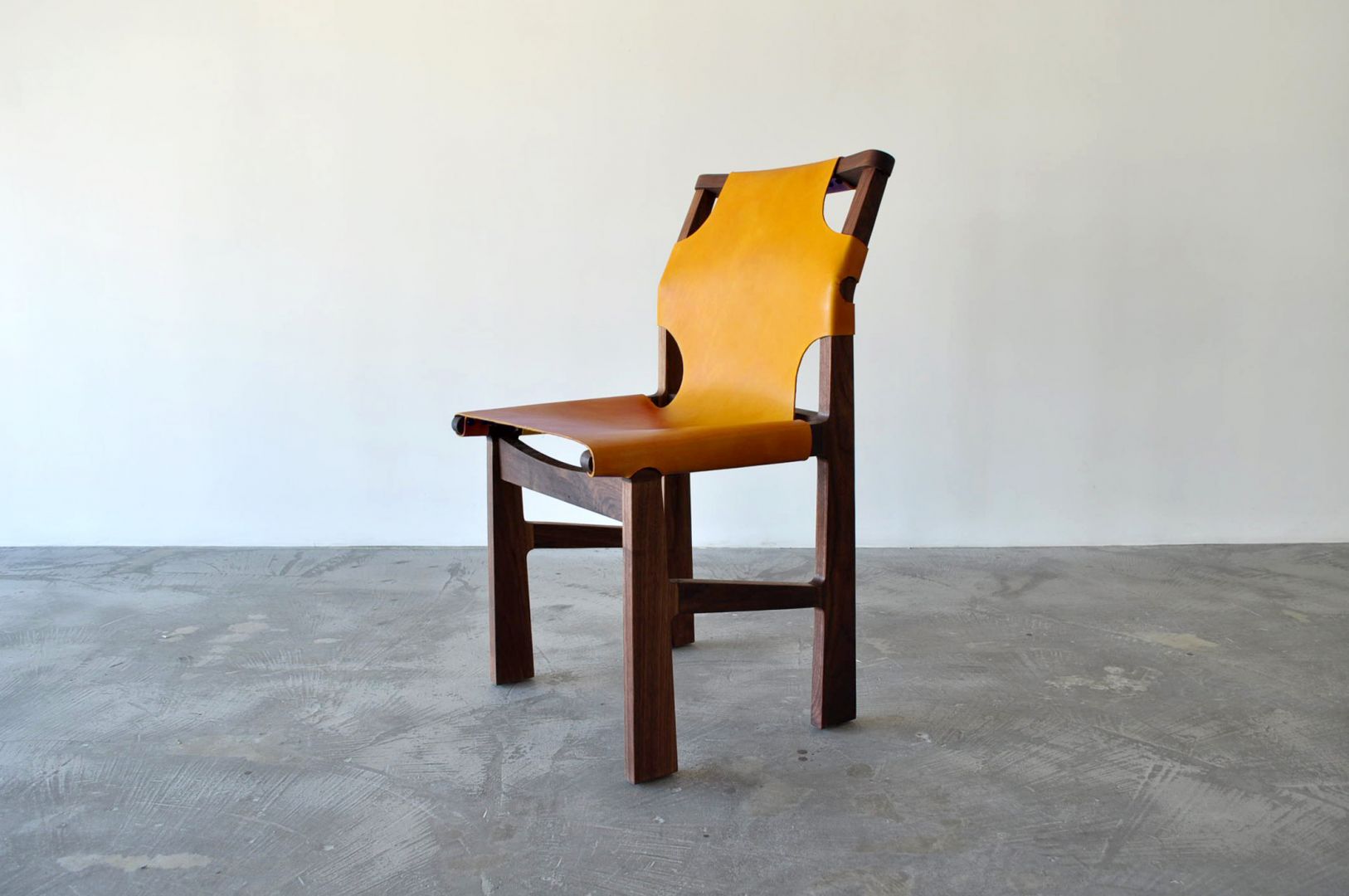
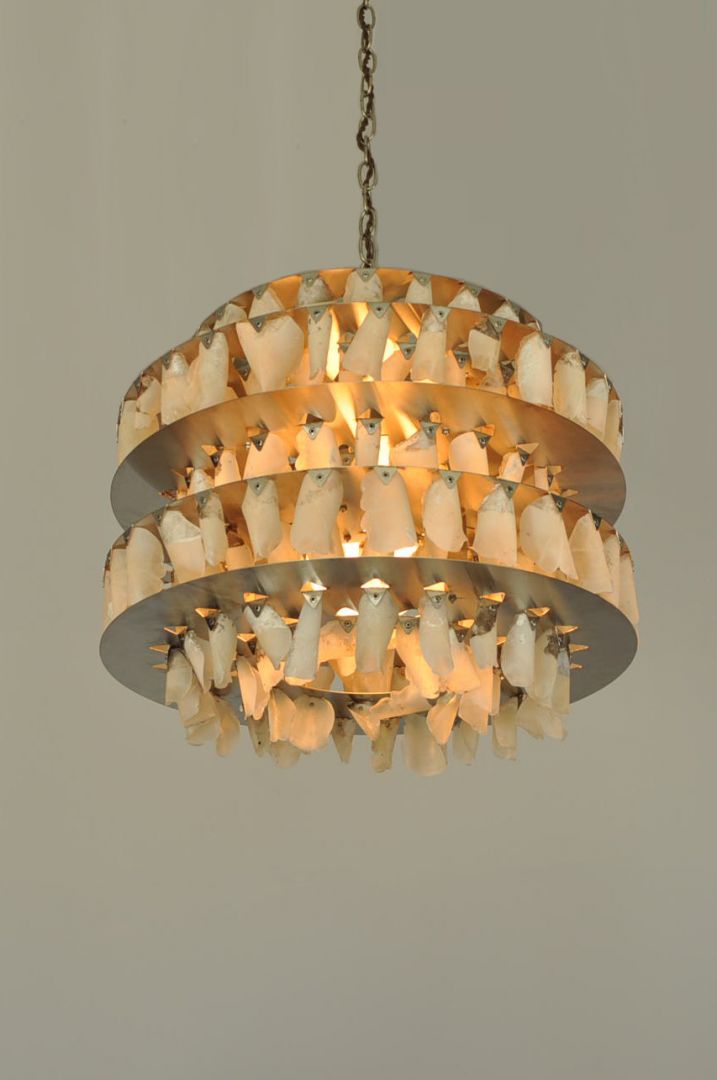
Can you open up a bit about your work and career? We’re big fans and we’d love for our community to learn more about your work.
Nikolai: I really value the connection between making and designing. Recently, I’ve been revisiting this woven cane technique that developed from just being super in love with these Hans Wegner chairs and wanting to figure out how to use this technique for one of my own designs. When I first designed these chairs and I was looking up how to learn this, it was actually really difficult to find resources and I ended up begging a local tradesperson to show me how to do it. He was the brother of the main cane supplier on the west coast and he told me that for whatever reason his brother doesn’t really like people to be in his space, and he was surprised that he took a liking to me. Finding these people and that continuation of the craft tradition is really important to me and my work.
Nicole: Yeah, I think being able to do as many parts of the making process yourself really helps inform and better your design. And then with interior design projects, because Nikolai knows how furniture is constructed and I sew – we are able to guide tradespeople with much more specificity. It’s a very different conversation with tradespeople when you know and respect what they are doing.
Nikolai: For challenges and lessons learned, I think risk is the biggest barrier to starting anything. For me, my entire career has been about taking small risks. Like years ago, even the expense of buying wood, like a piece of $300 walnut, ‘wow am I really going to make the best use of this material?’ And now, I’m very confident that it’s not a risk at all to invest in materials. You could come up with a million reasons as to why you don’t have the expertise to take on a project. But then you think about any other artist or designer and they didn’t really know what they were doing either and it’s reassuring.
Nicole: Being an artist or designer and putting your work out there is always a risk. You’re opening yourself up to critique and failure. Nikolai has a great motto I repeat to myself in moments of troubleshooting frustration – “Fail quickly.” It’s like failure is always going to be part of the creation process and the better you get at accepting it and then move on to another way, the more resilient and flexible your brain becomes. The risk becomes less scary and more essential.
Nikolai: Yeah I think failing quickly is so important. You should try and fulfill some prototype of a vision as soon as possible before your societal or spiritual judgments or whatever can deter you from doing it. There’s no way you’re not going to learn a bunch of stuff in the process. And you may be surprised. One of my most successful designs was on a pure whim and it was so simple that I could get to the prototyping phase right away. Which is to say that I’ve noticed that sometimes if a piece is too complicated, it prevents you from getting things off the ground. If you think in terms of a career as a designer, you accumulate knowledge as you go, so your future projects can get incrementally more complicated. It doesn’t need to be the most complicated thing right away.
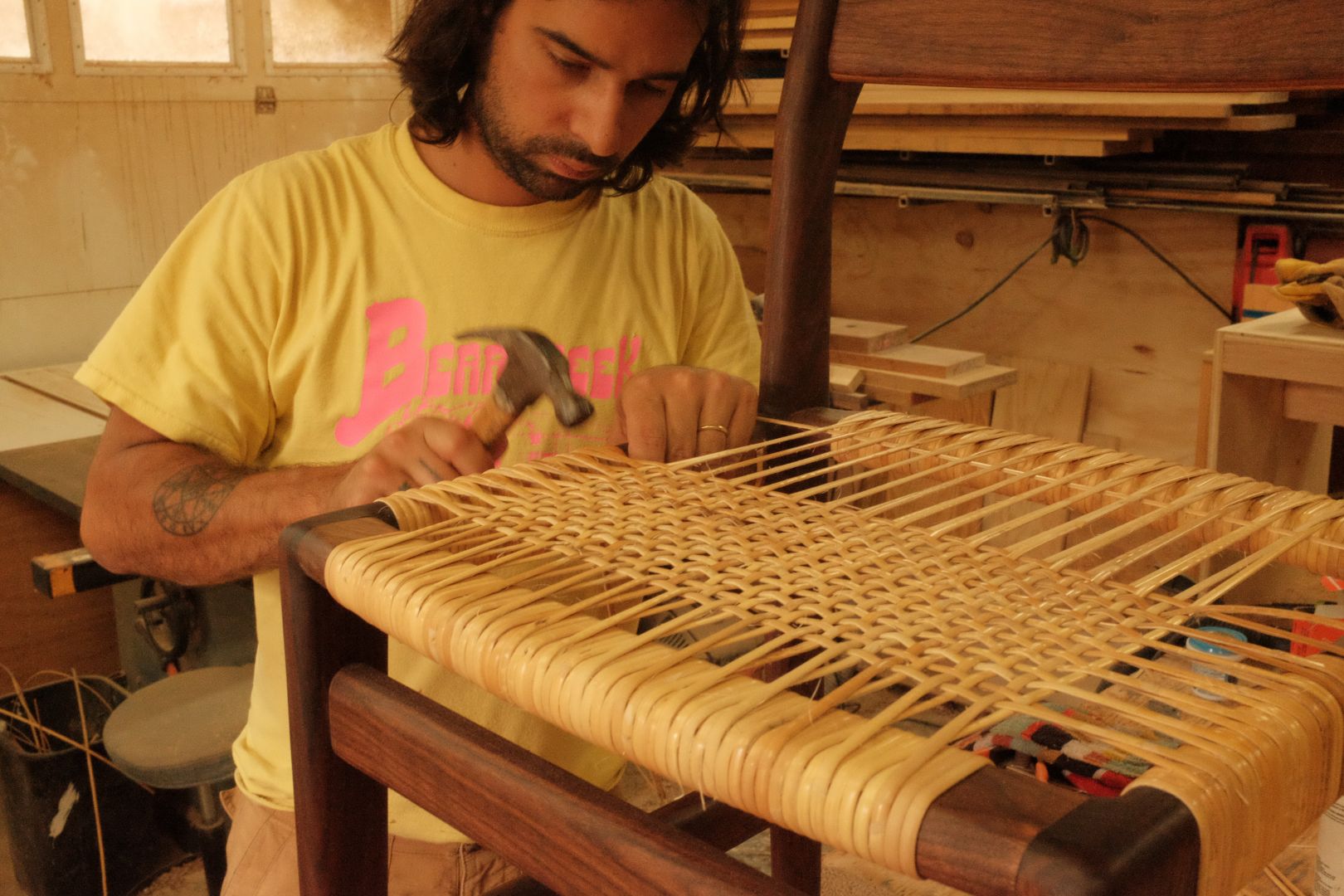
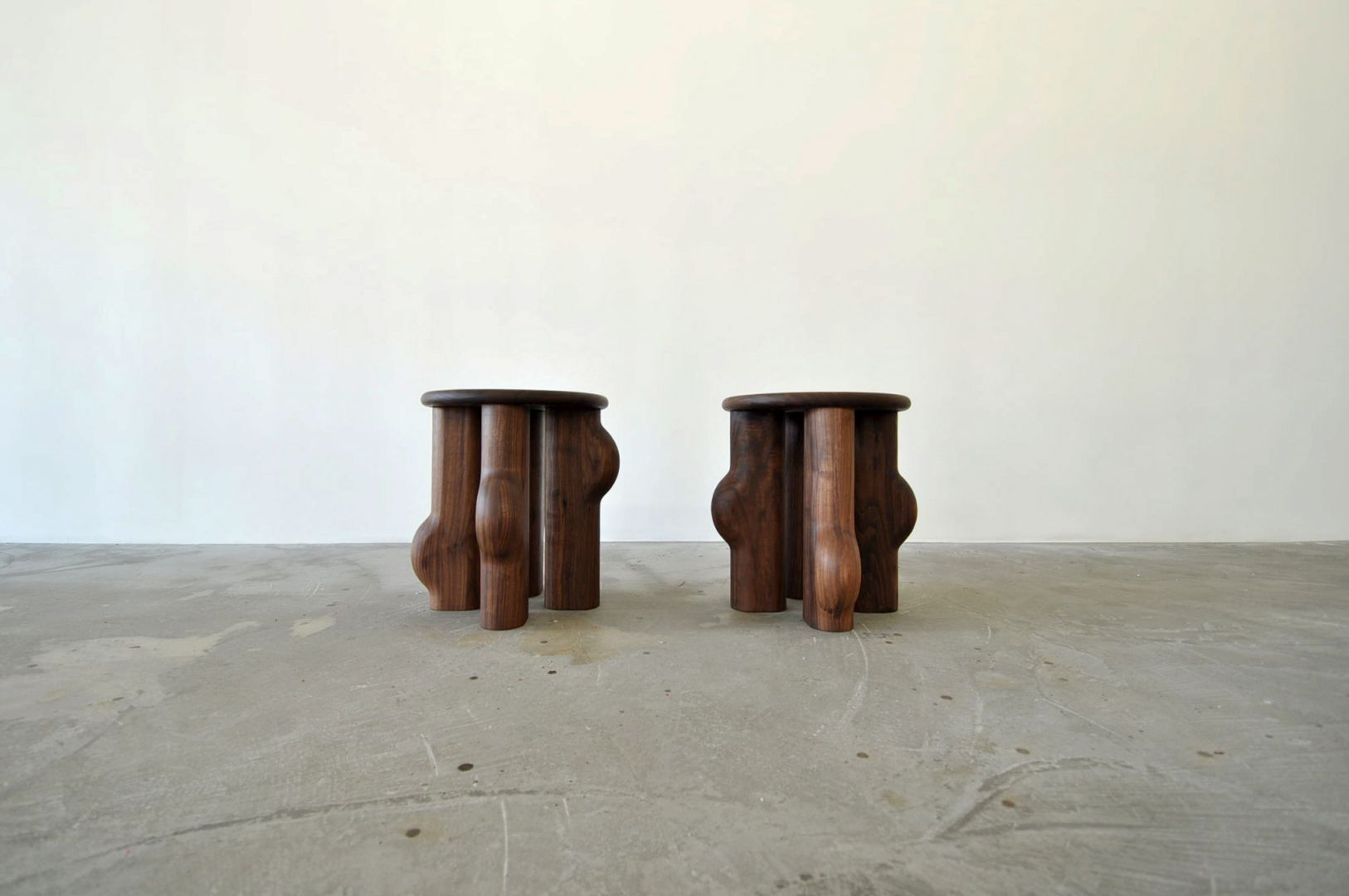
If you had a friend visiting you, what are some of the local spots you’d want to take them around to?
Nicole: Nikolai and I love watching old episodes of Huell Howser’s KCET shows – we are still discovering things about LA through episodes that are like 20 years old – and I’ve lived here almost my entire life! Highly recommend for fellow Angelenos.
In terms of hanging out with a visiting friend, we honestly like a good backyard dinner party – and going to the Mar Vista Farmer’s Market to pick up supplies. If we were to go out, we’d take them to Oriel in Chinatown or Johnny’s in West Adams. During the day, we’d probably picnic at a tucked away Malibu beach or go sailing on Nikolai’s Prindle catamaran out of Marina Del Rey.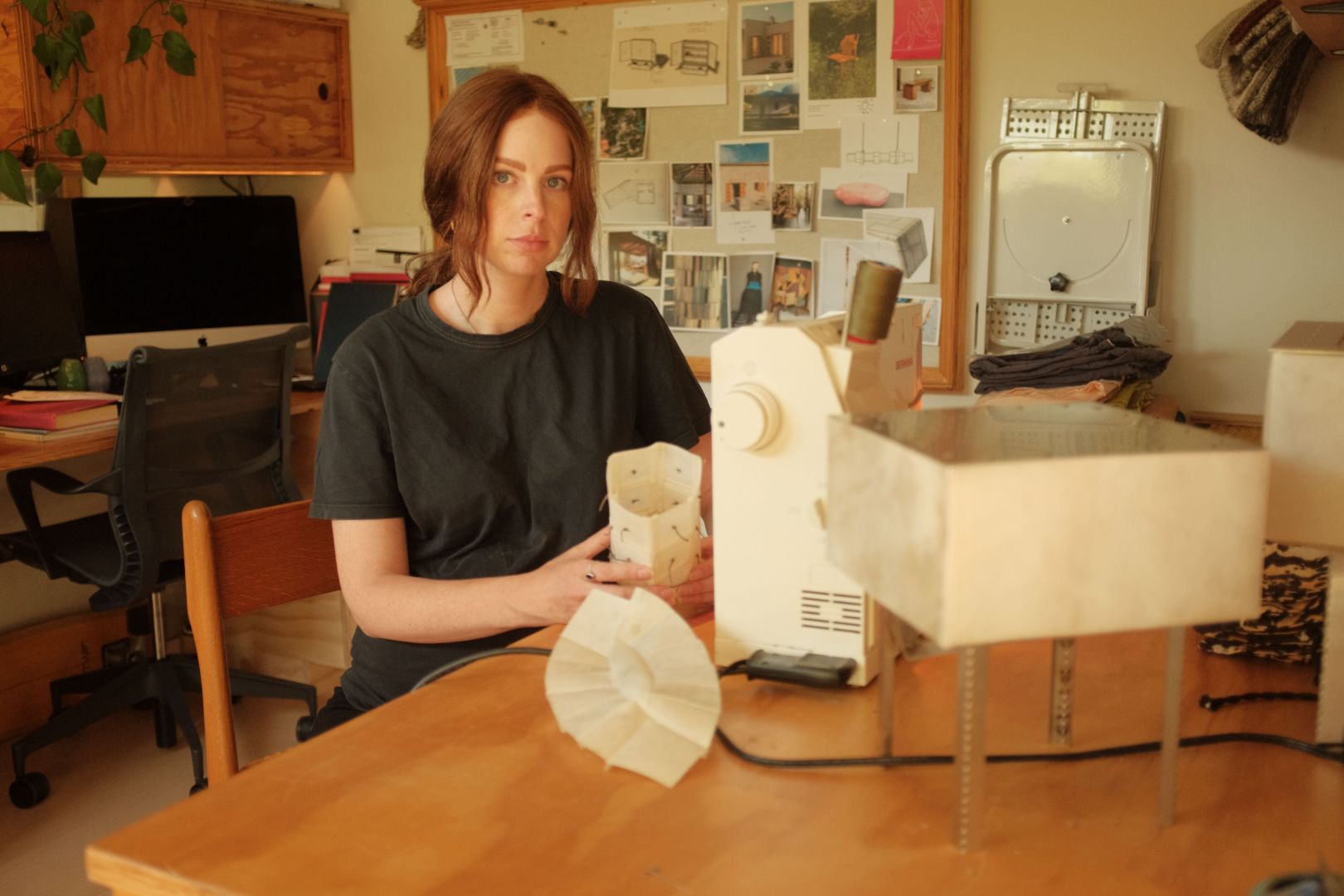
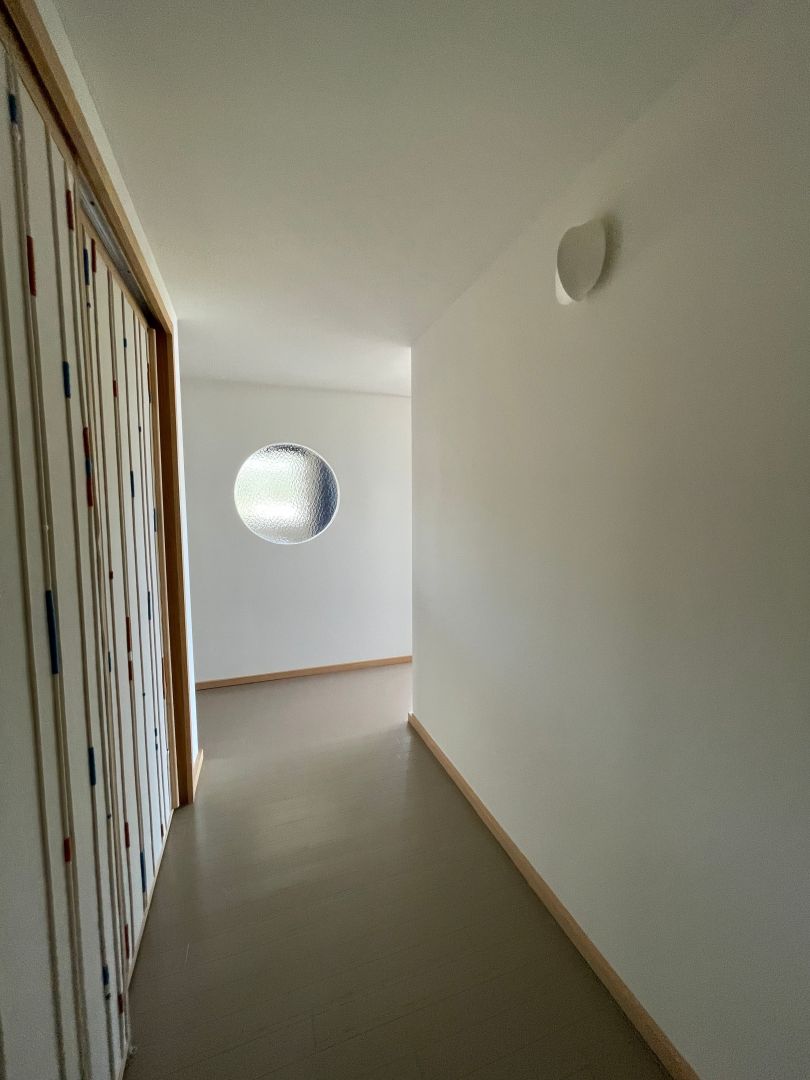
Shoutout is all about shouting out others who you feel deserve additional recognition and exposure. Who would you like to shoutout?
Nikolai: When I started working for Matt Gagnon, he took me under his wing and basically taught me how to execute every type of project – whether it was a public art installation, a 10,000 SF office design, or an office desk with moving components. At one moment, I could be sanding a piece of wood and the next I could be making corrections on a drawing set to submit to the city. Matt helped me fully understand all the steps of conceptualizing a project from figuring out the inspiration to the design ideas to the engineering and ultimately to sourcing vendors and materials. It was really good to see all the things that you do as a student, but in a professional setting from a person with a lot of experience. I’m very grateful to Matt for his generosity because there were points where I felt that he really invested the time in teaching me how to do certain things and it went beyond a typical efficiency driven employer / employee relationship and was much more about mentorship.
Nicole: I also think seeing Matt running a successful studio that wasn’t contained to doing one thing was super inspiring. It made me feel like it’s possible and we didn’t have to necessarily limit ourselves.
For me, I learned a lot working at Studio Shamshiri under the leadership of Pam Shamshiri. The projects there are just on another level. I got to work on a ground up residence centered around an amazing art collection, a jewelry store, a historic Hollywood home, a house in the English countryside…there was so much daily inspiration in that studio.
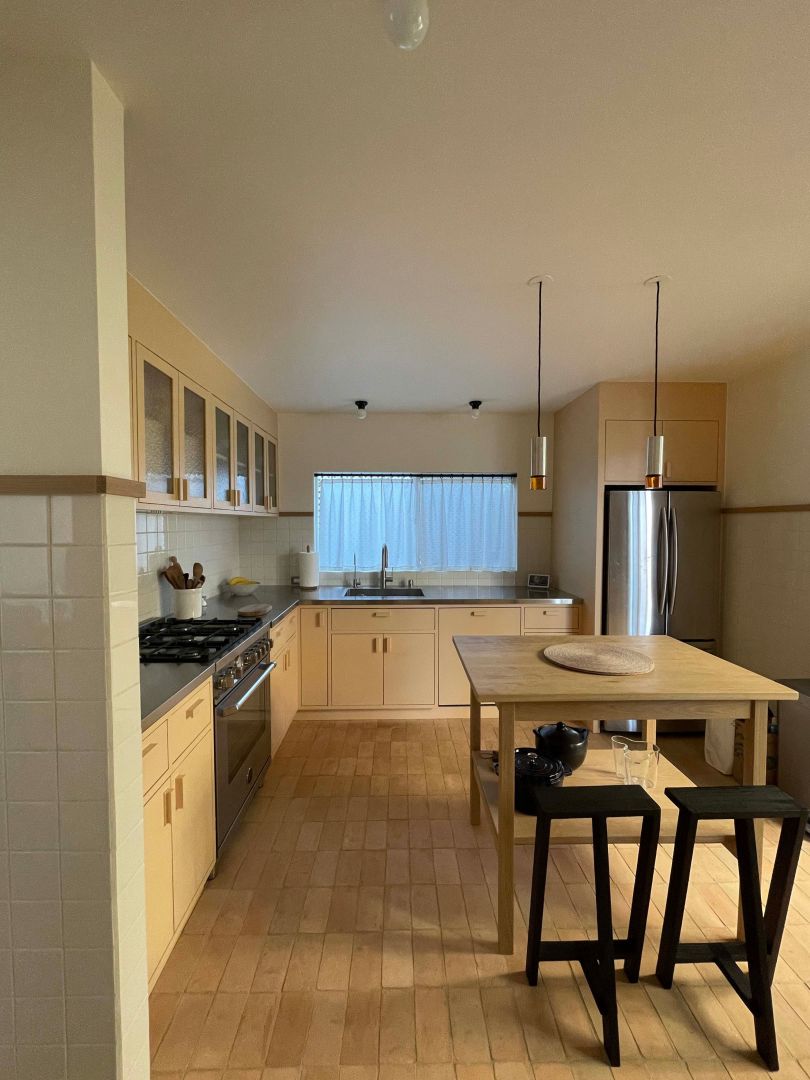
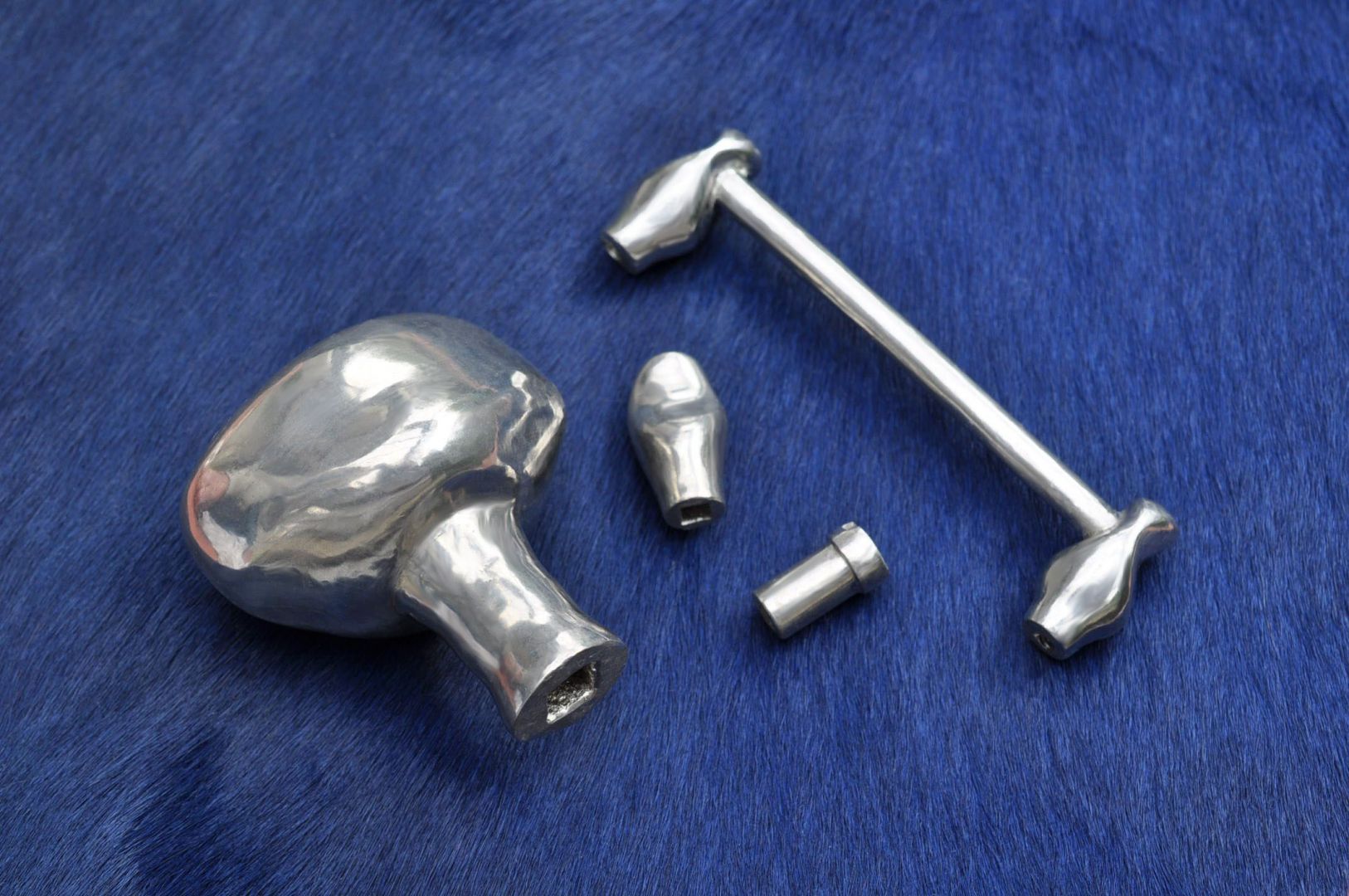
Website: studiocolonnade.com / nikolailafuge.com / nicolelafuge.com
Instagram: @studiocolonnade / @nikolailafuge / @nicole_herman_lafuge
Image Credits
Nikolai Lafuge Nicole Herman Lafuge
